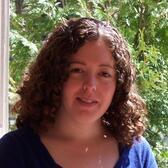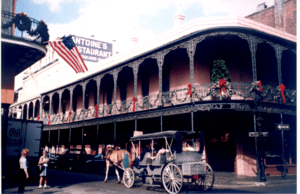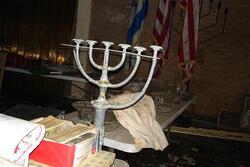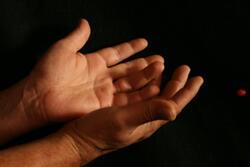The More Things Change
Susan Hess first came to New Orleans as a young bride in 1965, three days before Hurricane Betsy, and she remembered the one good thing about that storm was that it cemented her identity as a New Orleans insider in a way that would have taken decades otherwise. That storm brought the community together. By contrast, Hurricane Katrina shattered the same community in 2005: people scattered to the four winds, some never to return. Yes, the city could be repaired, but with so many natives gone, not to mention the demographic shifts of new arrivals who came to help rebuild, would it ever be the same again?
That question is on my and many people’s minds ten years on, as we mark the anniversary of Katrina this August. Change is painful, even in the best of circumstances. There’s mourning for what came before and what’s never going to be the same again. New Orleans had a deep-rooted history and culture that was dependent on the community to keep it alive, and after Katrina, I was afraid that that culture would either be replaced or worse, be preserved as some painfully stilted parody of itself, a Disneyland façade for the tourists with no real soul behind it. I couldn’t imagine what it was like for the people who actually lived there, fighting to rebuild their community.
But hearing the stories of another Katrina survivor, Sara Stone, offered me an important insight. Sara, who turns 100 this month, is a Louisiana native who remembers backwoods family feuds where warring clans shot at each other from opposite hills. She did her social work training in the French Quarter, where she had to counsel families on tight budgets about whether to spend their money on blankets or coal to survive the winter. She greeted Holocaust survivors at the New Orleans docks, offering them food, aid, and comfort. And in the years that followed, she helped create scholarships to send those survivors and other needy children to college.
Listening to her, a more complex history of the city unfolds for me: times when the French Quarter was no tourist destination, times when the city ran eagerly after new industry without considering whether to preserve its heritage, times when the demographics shifted to absorb refugees or workers in new businesses. And I begin to realize that it’s not as simple as a demarcation between the city before Katrina and everything that came after. We carry these myths that everything has always been the same until the scary, unwanted change comes along, but the truth is, things that are alive are always changing. New Orleans has always been in flux. And while the rebuilding has brought change—some beautiful, some painful, some just different—there are also the threads of continuity, the buildings that have survived, the people who returned to form the core of the new community. This may not be the same New Orleans that welcomed Susan Hess after Hurricane Betsy. But she’s done her share of welcoming newcomers in the past ten years, sharing her memories of what came before, teaching them the recipes, the stories, the culture. The city is the same. The city is different. It always has been.







